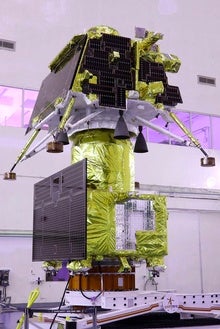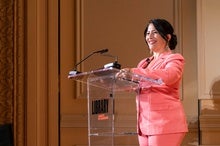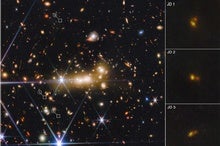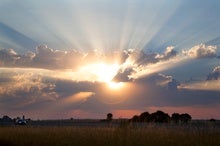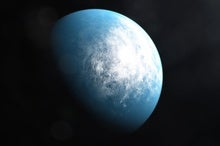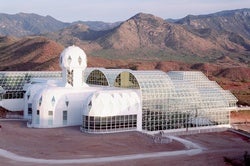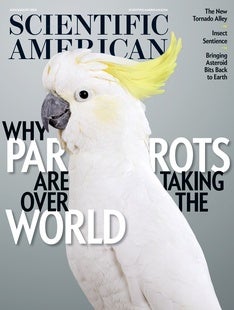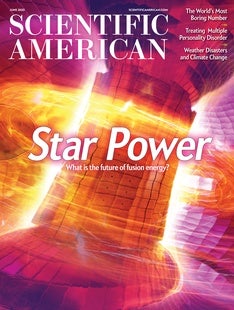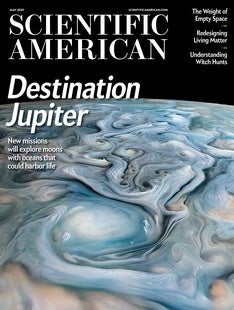|
 | ||||
| July 13, 2023 | ||||
| This week's top story is an intrepid correspondent's tale of surviving a weekend at Biosphere 2—presumably without even getting a lousy t-shirt in return. Biosphere 2 (Biosphere 1 being the Earth) is a storied facility in the Sonoran Desert that merges technology and nature to allow "analog astronauts" to carry out simulated space missions largely cut off from the outside world. After a rocky start in the 1990s and a subsequent stint hosting basic ecology experiments, the facility is now reclaiming some of its original mojo, returning to its roots of hosting aspirational analog astronauts. Read the story to learn more! Elsewhere, we have stories on India's looming lunar launch, the story behind a poem heading to Europa, and much more. Enjoy! | ||||
| ||||
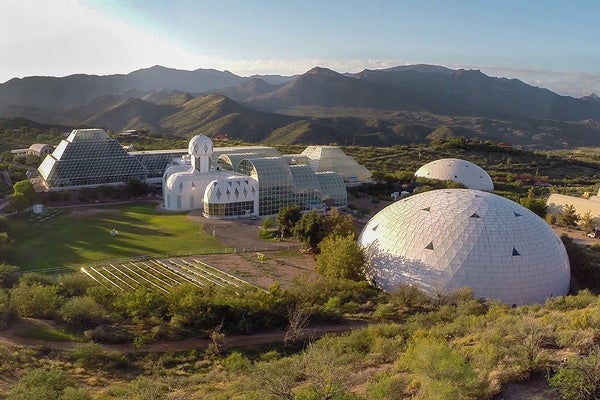 | ||||
| ||||
| ||||
| ||||
| ||||
| ||||
| ||||
| ||||
| ||||
| LATEST ISSUES | ||||
| ||||
| Download the Scientific American App | ||||
|
Scientific American
1 New York Plaza, FDR Dr, Floor 46, New york, NY 10004

